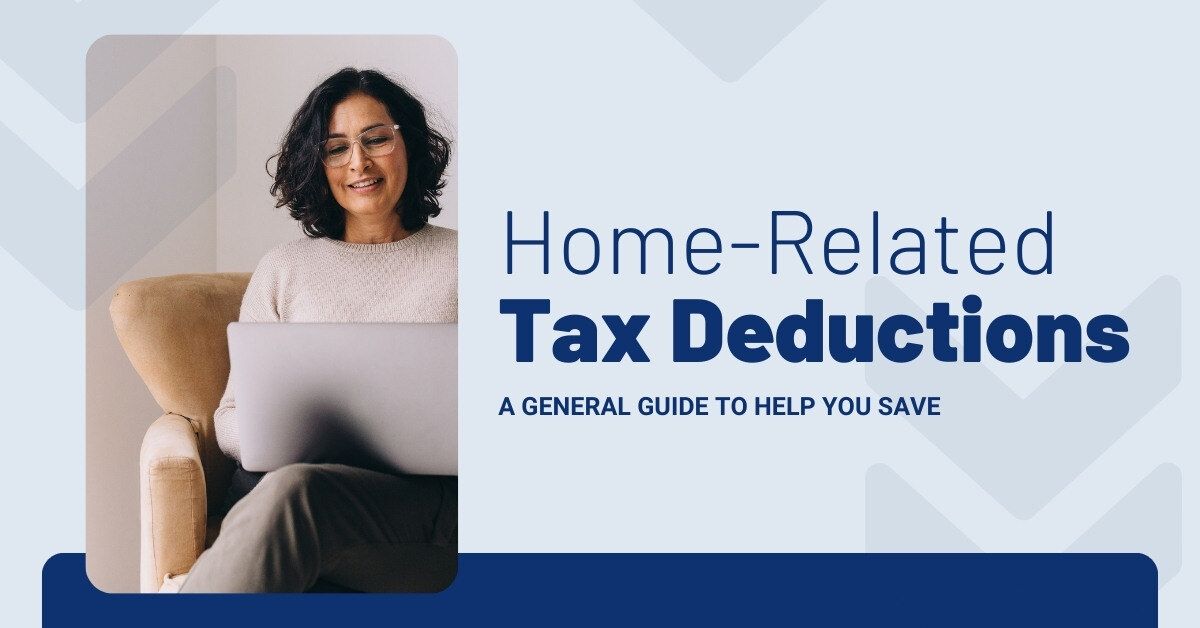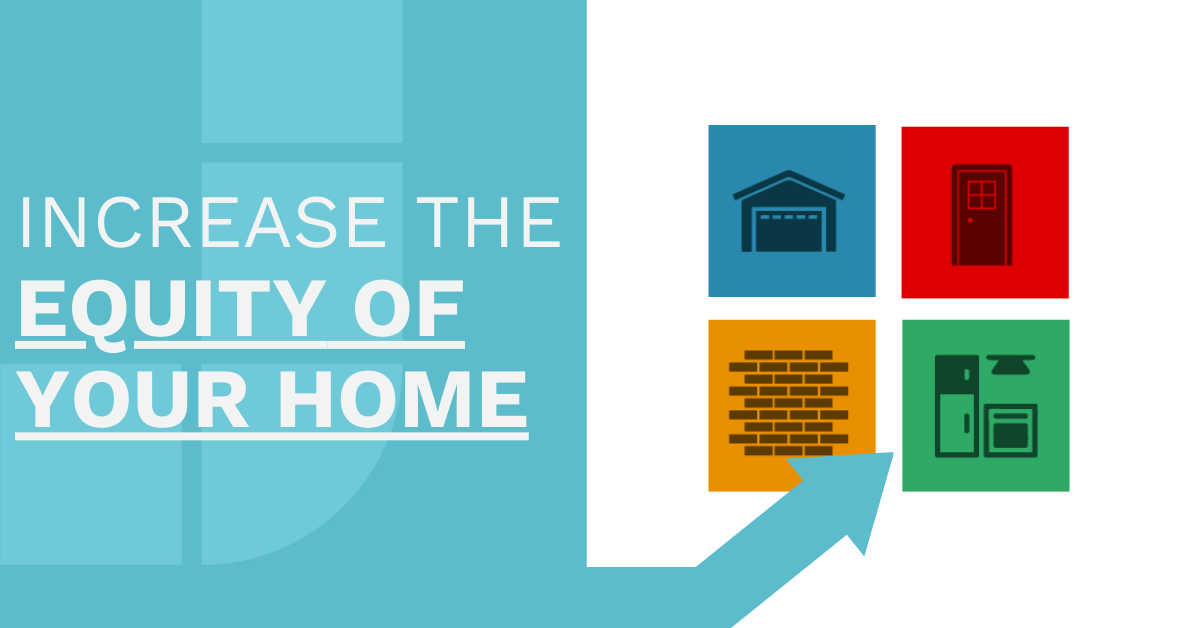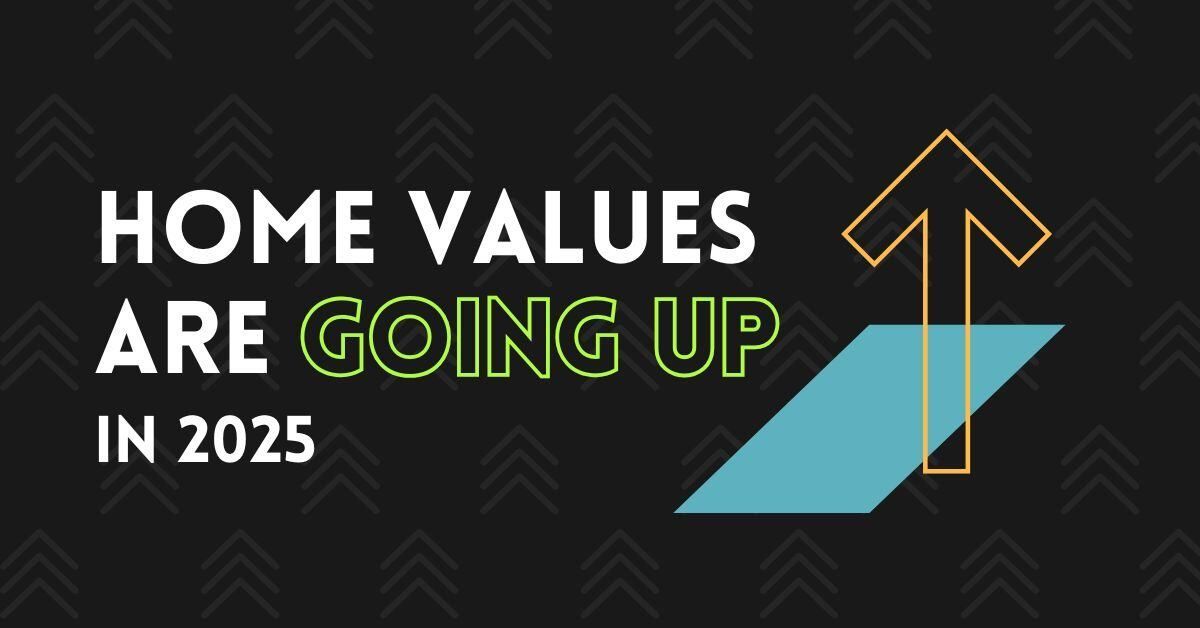
First Time Home Buyer Grant Programs
Unlock Your Dream Home: Pennsylvania First-Time Home Buyer Grants You Need to Know
Dreaming of owning your own slice of Pennsylvania? If you're a first-time home buyer, that dream might be closer than you think, thanks to some fantastic grant programs. Navigating the real estate market can be daunting, especially when it comes to finances. But don't worry, we're here to break down two key programs that can significantly ease the burden: the Pennsylvania Housing Finance Agency (PHFA) programs and the First Front Door (FFD) grant.
Why Grants are a Game-Changer for First-Time Buyers
Let's face it: the down payment and closing costs are often the biggest hurdles for first-time buyers. Grants offer free money (yes, free!) that you don't have to repay. This can drastically reduce the amount you need to save and make homeownership more attainable.
Pennsylvania Housing Finance Agency (PHFA) Programs: Your Gateway to Homeownership
PHFA offers a range of programs designed to assist first-time buyers. Here's a glimpse of what they provide:
- PHFA's Keystone Advantage Assistance Loan: This program provides a second loan to help with down payment and closing costs. The amount you can borrow depends on your income and the location of the property. While technically a loan, it's often offered with favorable terms and can be combined with other grant programs.
- PHFA's Keystone Home Loan: This is PHFA's flagship first-time home buyer program. It offers competitive interest rates and flexible terms. To qualify, you generally need to meet income limits, credit score requirements, and complete a homebuyer counseling course.
- PHFA's ACCESS Down Payment and Closing Cost Assistance: This program offers assistance to individuals with disabilities and those purchasing a home in a designated revitalization area.
Key things to remember about PHFA:
- PHFA defines a first-time buyer as someone who hasn't owned a primary residence within the past three years.
- Income and purchase price limits apply, and these vary by county.
- You'll need to work with a PHFA-approved lender.
- Homebuyer counseling is a requirement.
First Front Door (FFD): A Sweet Boost to Your Down Payment
The First Front Door (FFD) program, offered through the Federal Home Loan Bank of Pittsburgh (FHLBank Pittsburgh), is another fantastic resource for first-time buyers.
- Matching Funds: FFD provides matching funds, typically on a 3:1 basis. This means for every $1 you contribute, you could receive $3 in grant funds, up to a maximum grant amount.
- Down Payment and Closing Costs: The grant can be used for down payment and eligible closing costs.
- Income Limits: Like PHFA, FFD has income limits that vary by location.
- Homebuyer Counseling: Participation in a homebuyer counseling program is mandatory.
Important Considerations for FFD:
- Funds are limited and distributed on a first-come, first-served basis, so act quickly!
- You'll need to apply through a participating FHLBank Pittsburgh member bank.
- FFD is often used in conjunction with PHFA programs.
Steps to Take:
- Get Pre-Approved: Start by getting pre-approved for a mortgage. This will give you a clear idea of how much you can afford.
- Contact a PHFA-Approved Lender: A qualified lender can guide you through the PHFA process and help you determine your eligibility.
- Find a Participating FHLBank Pittsburgh Member Bank: To access the FFD program, you'll need to work with a participating bank.
- Complete Homebuyer Counseling: This is a crucial step for both PHFA and FFD.
- Gather Your Documentation: Be prepared to provide proof of income, credit history, and other required documents.
- Act Quickly: Grant funds can be limited, so don't delay!
Don't Let This Opportunity Pass You By!
Navigating the world of first-time home buyer grants can be complex, but the rewards are well worth it. By taking advantage of these programs you can significantly reduce your upfront costs and make your dream of homeownership a reality. Give us a call today for full details and to see if you qualify!!!
Disclaimer: Grant programs and eligibility requirements are subject to change. Always verify the most up-to-date information with PHFA, FHLBank Pittsburgh, and your lender. This blog post is for informational purposes only and does not constitute financial advice. Consult with a qualified professional for personalized guidance.




